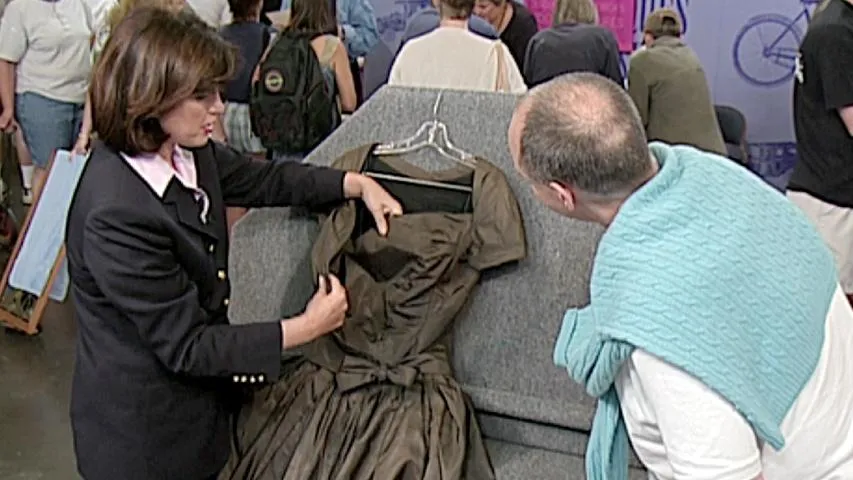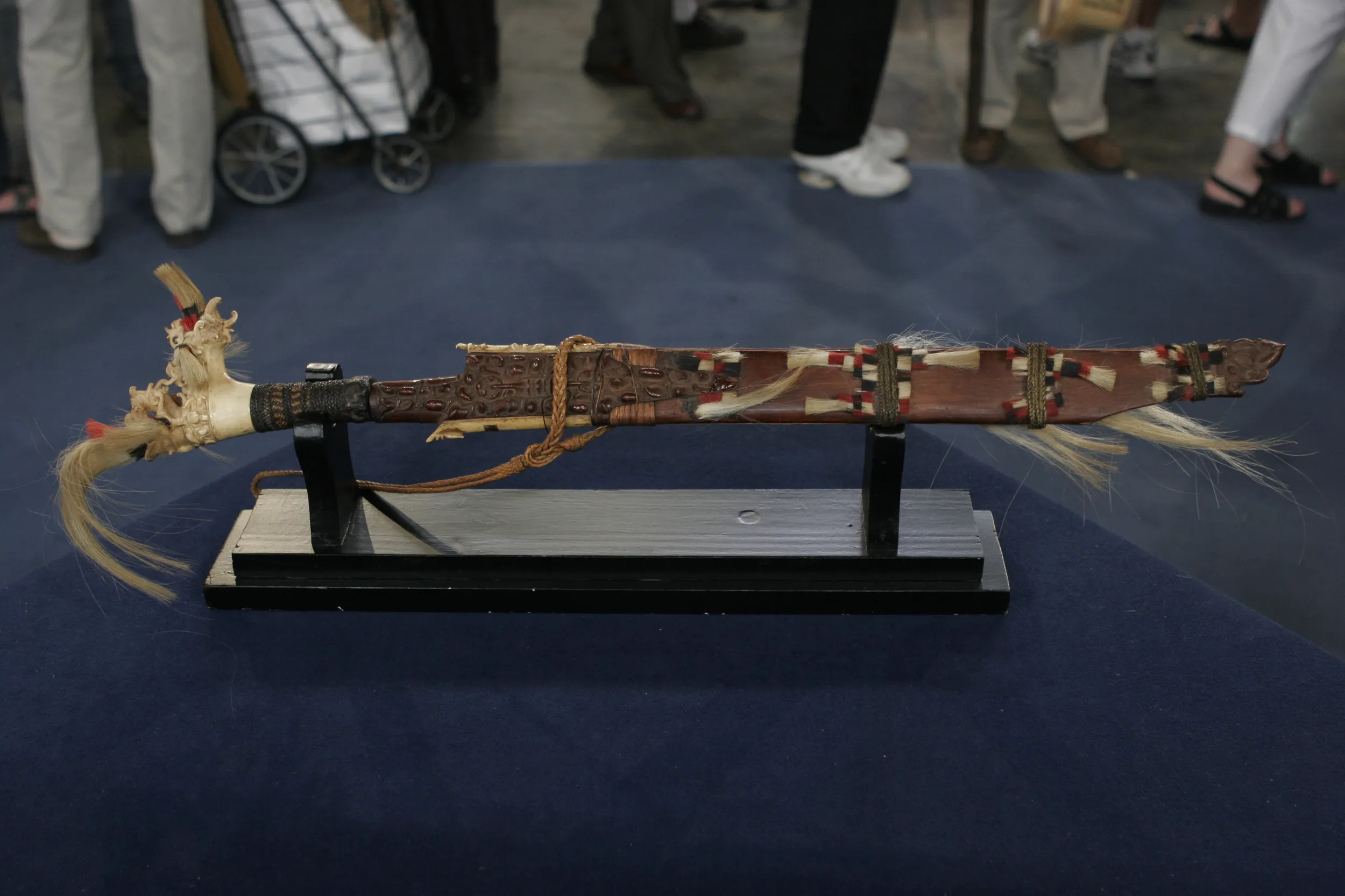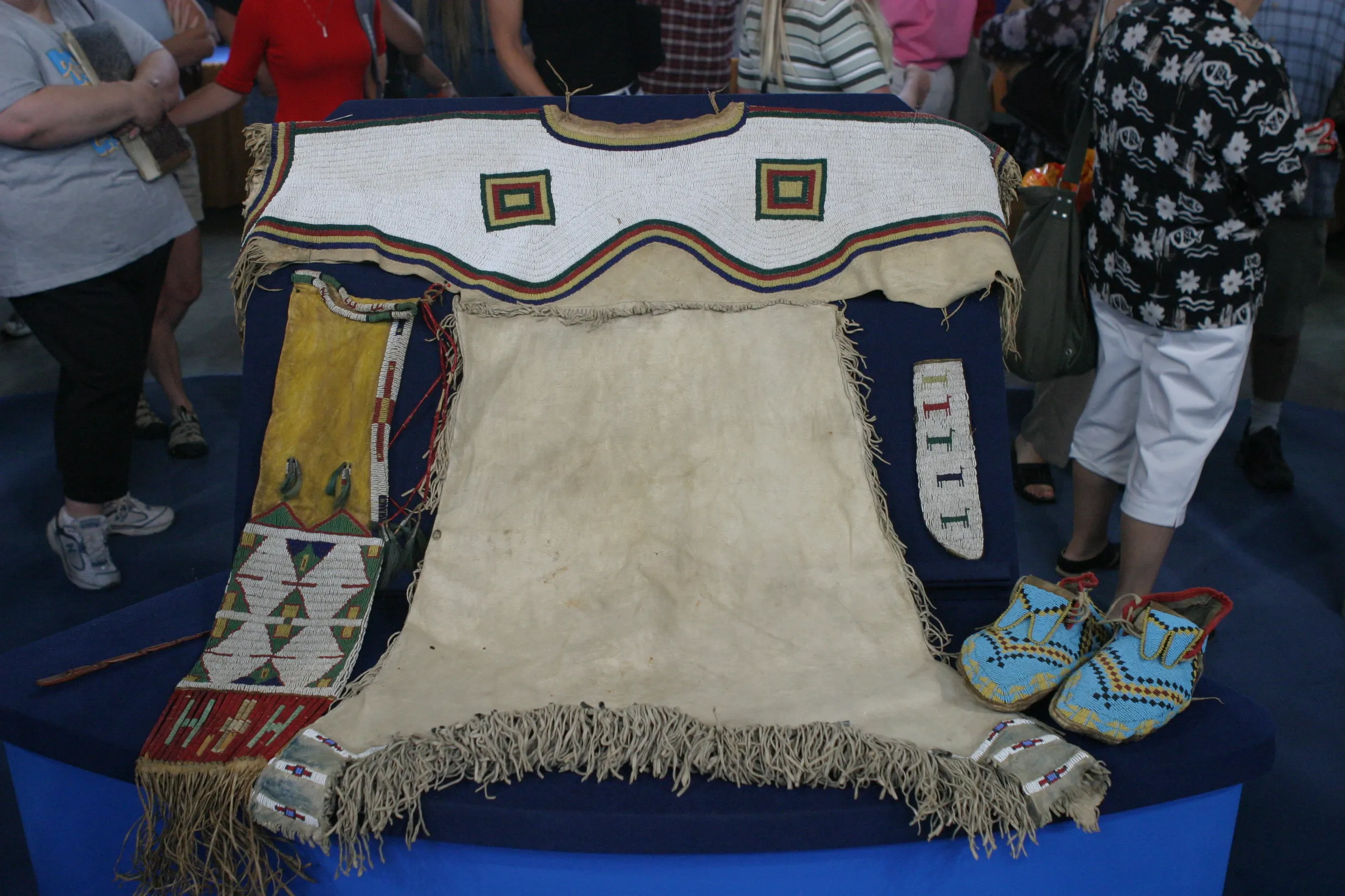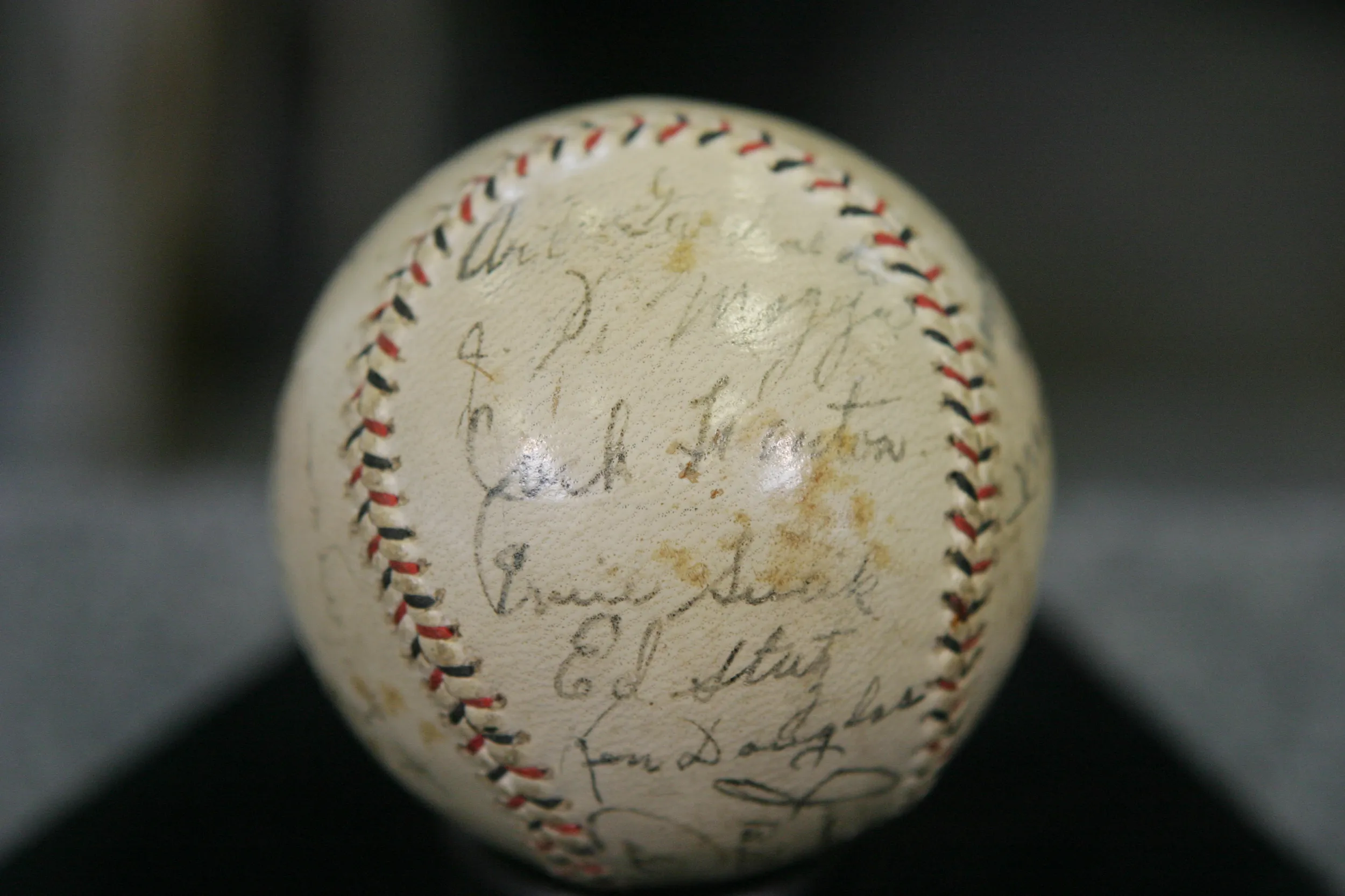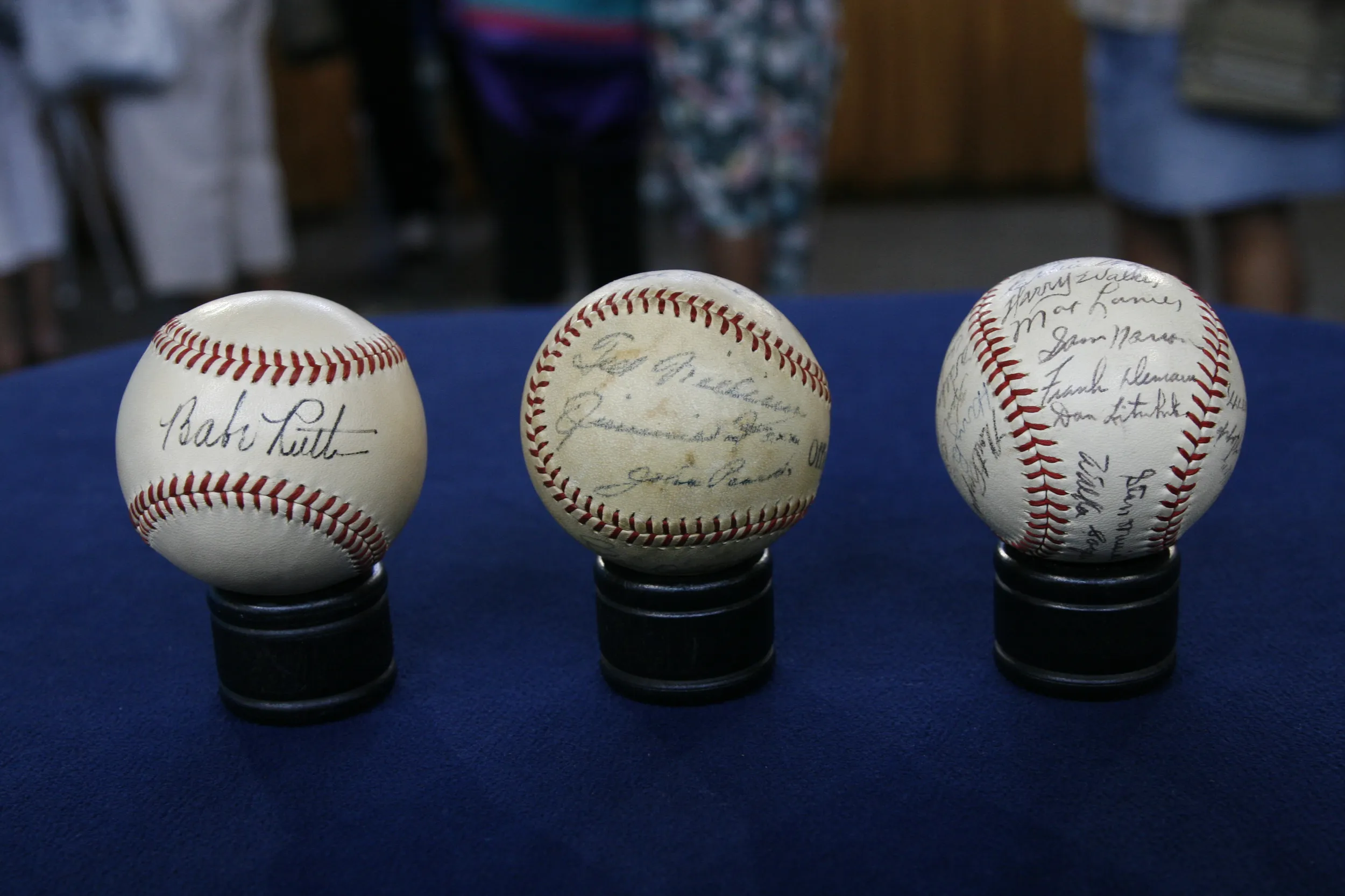GUEST: I think it's a slave killer from the Pacific Northwest. I don't know for a fact.
APPRAISER: What makes you... have you seen similar examples?
GUEST: My father had a lot of books, and I saw a picture of something that looked pretty similar to that. Had different carving, little different size.
APPRAISER: Well, this is actually not a slave killer. First off, as to where this was made, this was made in the Pacific Northwest, but the southern part of the Pacific Northwest. This is actually a club.
GUEST: Okay.
APPRAISER: And clubs like this were made from the Columbia River Valley, pretty much at the mouth of the Columbia River, all the way up to southern Vancouver Island. And those peoples in the 18th century and early 19th century were actually taken as slaves by groups from further north.
GUEST: Further north, okay.
APPRAISER: The Haida, the Tlingit, the Tsimshian. So they weren't in the business of killing slaves... They were the slaves. They were taking the slaves. Do you know what this is made from?
GUEST: It's bone, I assumed. It's pretty big, maybe whale bone?
APPRAISER: That's exactly right. This is made from whale bone, and my first reaction was this was not right, it was a fake.
GUEST: Really?
APPRAISER: However, after looking at it a little closer, this is an intriguing object. This is an example made in the late 19th century by a Nuu-chah-nulth Indian from the southern coast of Vancouver Island in the style of an 18th century club. And one of the ways we can tell that is if we look closely down here, you'll see a very fine, even serrated edge. I saw that, like file marks. That's actually from a band saw.
GUEST: Wow.
APPRAISER: This is a piece of whalebone that has been cut with a band saw. The Nuu-chah-nulth didn't have them on the northwest coast in the 18th century.
GUEST: What kind of animal is this?
APPRAISER: That is a wolf, and the wolf is the most important animal in the spiritual, or animism, of the Nuu-chah-nulth people.
GUEST: Is that a man or a two-headed...?
APPRAISER: That's actually something we call a Sisiutl. It's a double-headed mythical sea monster.
GUEST: Okay.
APPRAISER: This is sort of a good news, bad news situation. We've sold an 18th-century example like this for $60,000 about five years ago.
GUEST: Wow.
APPRAISER: This being a 19th century example, late 19th century, which by the way would have been used as a baton, not even as a club at that period, sort of a chief's piece, This has a value of somewhere in the neighborhood of $4,000 to $6,000.
GUEST: Really? Wow, that's pretty good.
APPRAISER: Still better than you thought?
GUEST: Yeah, a lot better!

